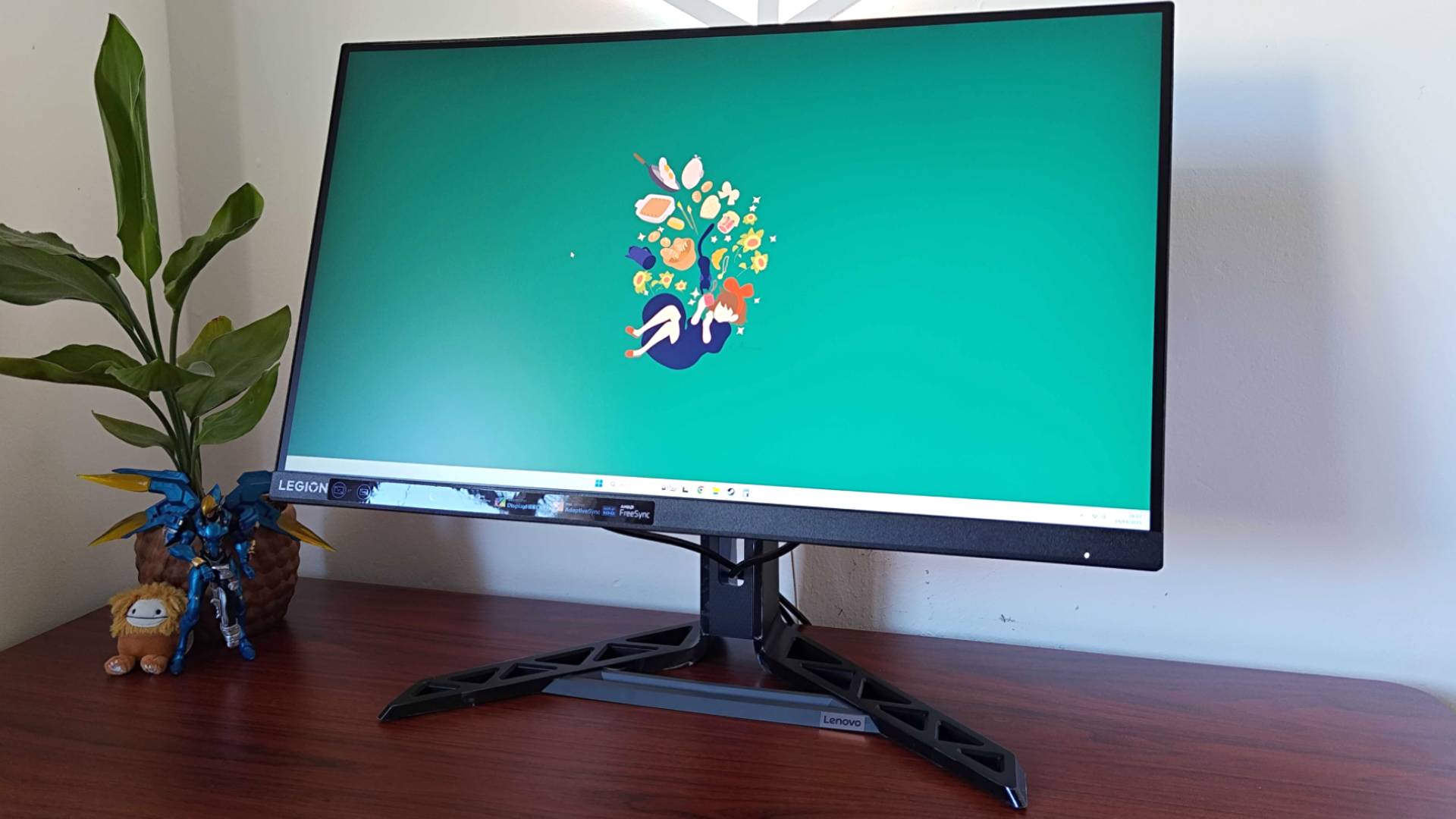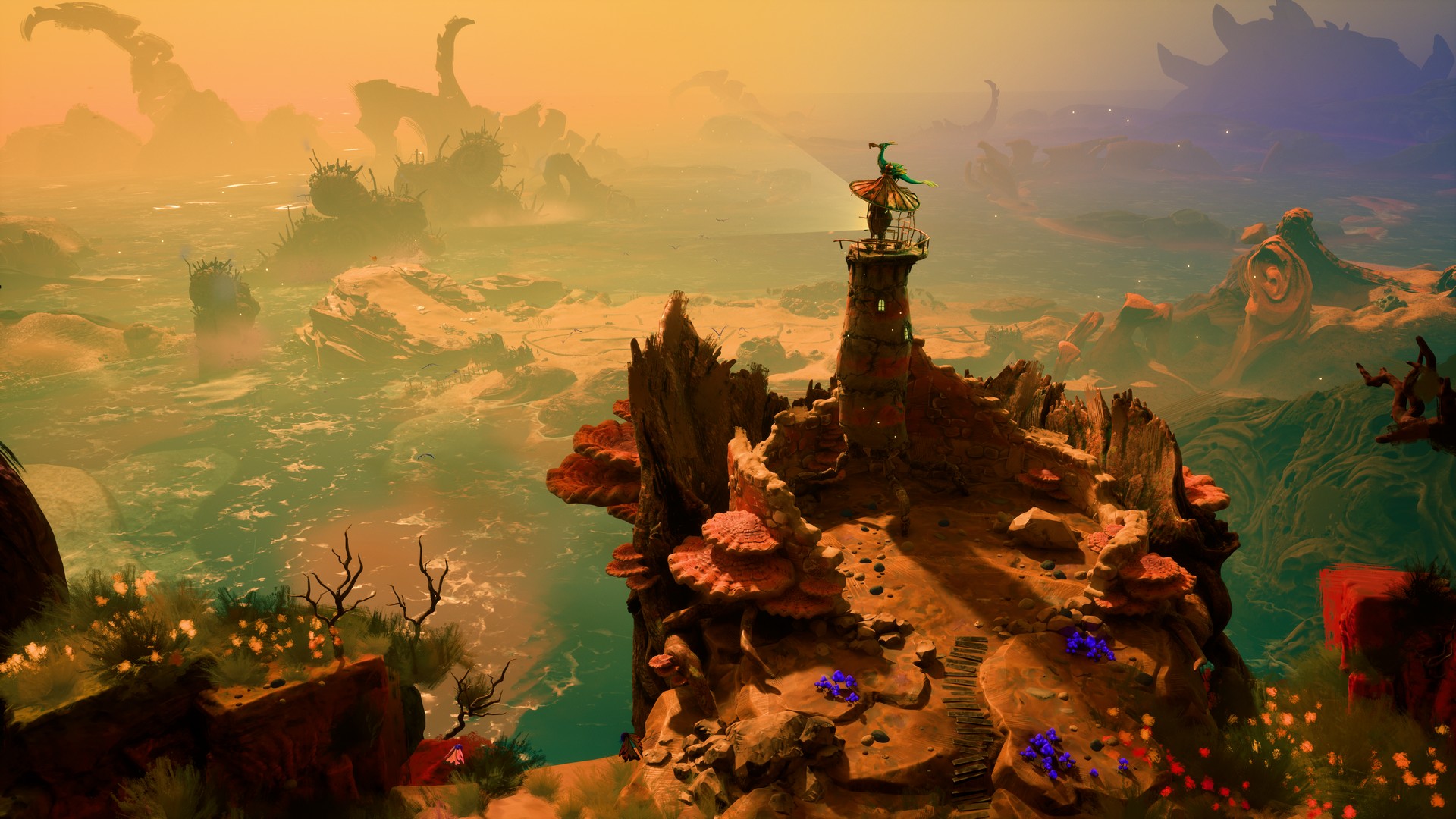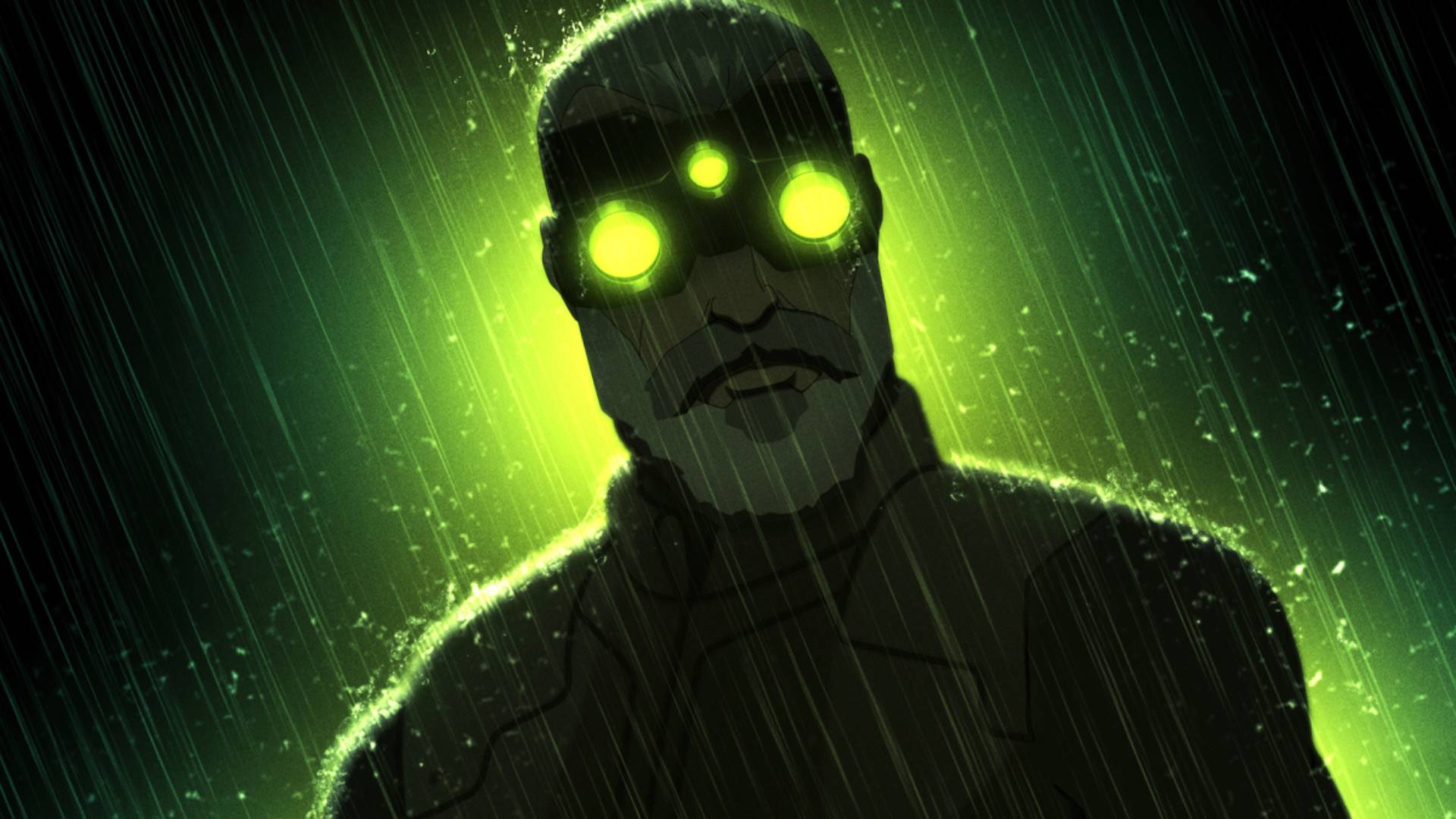GamesRadar+ Verdict
As far as cheap QHD monitors go, the Lenovo Legion R27qe packs a pretty nice 1440p 180Hz punch. It manages to serve up pretty nice colors for an IPS display under $200 and it’s responsive enough to keep up in competitive shooters. It’s not the best option for anyone seeking super bright visuals, flawless contrast, and proper HDR, though, so keep that in mind if you’re battling a specific lighting situation at your setup.
Pros
- +
Affordable price point
- +
Respectable colors
- +
Nice 180Hz abilities
- +
Tilt, pivot, and height adjustable
Cons
- -
Not super bright
- -
Screen prone to glare
- -
Viewing angles are poor
Why you can trust GamesRadar+
The Lenovo Legion R27qe is a testament to how far affordable gaming monitors have come. For under $200, this 27-inch 1440p display will provide your eyeballs with 180Hz visuals and a 0.5ms GtG response time paired with respectable colors. Yes, there are some caveats tied to its lower price, but I’m rooting for this screen since it’s offering up higher specs for players in need of a cheaper panel.
At full price, the Lenovo Legion R27qe will set you back $199 / $199, which gives it an edge as a best gaming monitor contender. It’s not going to make any of the top 1440p options out there, like the Sony Inzone M10S or Samsung Odyssey OLED G6, sweat, but its QHD 180Hz abilities could sway anyone looking at budget 1080p options in line with the Koorui GN02.
Simply put, the Legion R27qe offers that bit more panel pizazz than other 1440p models in its price range right now. I’m fully aware that Amazon brands can sometimes put models like this to shame by hitting a much lower MSRP, and there are some options by the likes of Koorui out there that are gunning for a similar market. But, from where I’m sitting, Lenovo’s panel feels like the better fit, especially since it pulls respectable punches when it comes to competitive shenanigans.
Design

Out of the box, I do have an immediate gripe with the Lenovo Legion R27qe. The v-shaped pedestal stand is pretty similar to its more expensive Legion Y34wz-30 sibling, featuring a wireframe aesthetic that gives industrial vibes. The differences lie with how the pedestal fits to the panel, as you’ll have to use thumb screws rather than a clip-to-fit. The drawback serves as a reminder that we’re dealing with a sub-$200 gaming monitor, but even some of the cheapest screens I’ve tested use a clip system, so price isn’t a valid excuse.
What I am pleased to see included is height, tilt, and pivot functionality. You’d be surprised how many screens in this price range dodge this, and it can save you from adding risers to your gaming desk that you don’t necessarily need or want. The Legion R27qe also has you covered with some basic cable management provisions too via a hole in the pedestal that feeds to the IO lip round back, which, in honesty, is all that even premium screens like the Alienware AW2725Q have to offer.



Round the back, you’re talking about a fairly basic approach that dresses up the typical IPS display hump with angles. It’s actually not the chonkiest screen I’ve used, but it’s still got a bit more heft than OLED alternatives. I’m not super keen on when ports are placed under a lip since it makes quickly plugging things in a pain from the front, but it’s somewhat excusable when a screen is trying to minimize thickness.
One thing I do love about cheap monitors is that they often skip using those annoying joystick nubs for the OSD. The Lenovo Legion R27qe follows this trend by using five separate toggles for input, navigation, activating the menu, and power. I normally find that it’s easier to get to grips with this sort of system than a fiddly directional stick that will taunt you with mispresses and weirdly mapped shortcuts.
Weekly digests, tales from the communities you love, and more
Features

Compared to more expensive screens, the Legion R27qe doesn’t offer much in the way of physical features. I’m not surprised by that, and even more expensive models sometimes skimp, but it’s worth keeping that in mind before jumping on Lenovo’s affordable panel. If you like the idea of having a USB hub and potentially even Power Delivery abilities that will help serve as a Steam Deck dock, you’ll have to look elsewhere.
All of the Legion R27qe's main features are software-based. Lenovo’s panel will provide you with DisplayHDR 400 certification and VESA Certified Adaptive Sync, which are admittedly becoming commonplace across the gaming monitor board. Naturally, the screen’s 180Hz refresh rate and 0.5ms response time and a selling point too when paired with its price tag, even if it’s far from being the fastest out there overall.
Performance

IPS panels can really shine compared to VA and TN models, and the Lenovo Legion R27qe lives up to that. The display pulls off respectable colors and contrast that aren’t that far behind mini LED models but are going to feel lacking when it comes to HDR. Not really a shocker since smaller screens like this do tend to boast lower brightness, and you’ll be dealing with 450 nits peak.
Before I get into my time actually playing games on the R27qe, there are a couple of things you’ll notice from the get-go. The first is the matte screen can’t quite bat away glare enough to survive next to a bright window, and I ended up having to adjust my blinds to avoid aggressive reflections. I did have to crank up the brightness to max to offset this a little, which did help somewhat, but you’ll ideally want to use this screen in a light-controlled area.
HDR isn’t actually terrible on this display, with the setting producing some decent results in the likes of Cyberpunk 2077. Compared to SDR, the jump isn’t remotely wild, but Night City’s neon-soaked streets do boast a more realistic glow. The display has a respectable color gamut, 99% sRGB, and 90% DCI-P3, so that really helps High Dynamic Range come through despite lower panel brightness.

I’ve been replaying DOOM on and off ahead of The Dark Ages - a shooter that feels like a nice benchmark for darker worlds that benefit from better contrast. The menacingly red plains of Mars are more subtle on the R27qe than higher-spec OLED and mini LED models, but it still avoids portraying the hellscape as washed out. I’d go as far as to say that the colors are pretty respectable for an IPS panel, especially one at this low a price point. I did struggle a bit with viewing angles, though, as I immediately noticed dark spots whenever I shimmied even slightly away from center.
27 inches feels like a nice size match for 1440p, and the R27qe avoids appearing too soft at native resolution. Pixel density measures almost the same as the Alienware AW2725DF at 109ppi, but the pricey QD-OLED panel does a lot of heavy lifting to help give the premium model a definite edge. That’s not to say Lenovo’s budget-friendly option looks bad, but it’s certainly easy to see where your money is going when switching to a traditional IPS display with LED backlights.
I’ve spent a lot of time this year using Dragon Age: The Veilguard as a test game, so I thought it’d be handy to run through the intro and do a bit of monitor benchmark sightseeing. The blue hues of the cityscape are a little more muted but not anywhere near as much as I thought they’d be on a cheap IPS panel. Contrast is lacking, which in turn reduces the depth I’ve felt when walking within Bioware’s fantasy world, but I’ve not got any major gripes.

I usually end up playing Overwatch 2 at some point during monitor testing, and I’ve played the shooter a bunch in competitive matches using the R27qe. It’s safe to say 180Hz isn’t exactly speed demon levels of refresh rate, but hey, it’s still faster than average and is noticeably slicker than 144Hz. What I was really looking for was whether it could maintain that speed reliably, and I’m pleased to report that it managed to keep Pharah flying at a consistent velocity. Did I downrank a little compared to playing at 240Hz and above? Perhaps, but the slight difference in responsiveness was probably less of a factor than just me getting my butt whooped.
Should you buy the Lenovo Legion R27qe?

For under $200, the Lenovo Legion R27qe serves as a solid 1440p monitor with some cost-cutting caveats. The drawbacks are all naturally tied to its cheaper IPS panel, but the display does punch above its price weight by offering up reliable 180Hz visuals that are respectably vibrant and sharp enough at 27 inches. You won’t be getting any fancy feature thrills with this screen, but that’s absolutely fine since you’ll have everything else to hand for some neat QHD gaming sessions.
How I tested the Lenovo Legion R27qe
For two weeks, I tested the Lenovo Legion R27qe as part of my gaming PC setup, putting it to work displaying games like Cyberpunk 2077, Dragon Age: The Veilguard, DOOM, and Overwatch 2. Those sessions enabled me to fully test the monitor’s refresh rate and resolution abilities while assessing brightness, contrast, and HDR. I also took note of physical traits like height adjustability and design elements so as to compare them to different models both within its price range and beyond.
For more information on how we test gaming monitors, swing by our full GamesRadar+ Hardware policy.

Phil is the Hardware Editor at GamesRadar and joined the team in 2023. In the past, they've also contributed to the likes of TechRadar, The Daily Star, the BBC, and PCGamesN, but these days, they specialize in testing the latest gaming handhelds, monitors, TVs, and PC components. They're also extremely nerdy about retro consoles and playing the classics on both new and old systems.
You must confirm your public display name before commenting
Please logout and then login again, you will then be prompted to enter your display name.



